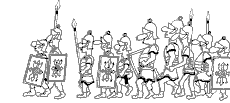THE ONLY KNOWN ROMAN CIRCUS
IN BRITAIN Scheduled Ancient
Monument Number 46327. In 2005, it gradually
dawned on the archaeologists that the remains that
they were uncovering, as part of an evaluation dig for
a property developer prior to building works, was, in
fact, a Roman circus. Understandably, this caused
great excitement in the archaeology world, as no other
Roman circus was known in Britain. Over the months
that followed, more and more of the foundations were
uncovered and the true extent of the circus was
discovered. The local and national press were
delighted. Apart from a few
sporadic small exploratory digs, sadly, there the
story of discovery ended. The remains were covered
over to preserve them and the weeds began to grow.
Many people asked what was to become of the circus. No
positive answer was forthcoming. Nobody knew.
In order to make
something of it, money was needed - a lot of money.
Colchester Borough Council pointed out that it had no
money to spare. A lottery bid was made - and that
failed. However, it all turned
out well in the end and we are pleased to be able to
ask you to visit the webpage for the circus, where you
will find out just how far this project has come.
In order to do this,
please go to: This web
page........ .......brings you old
news of the circus, showing you some of the press
cuttings from the earliest stages of discovery,
through to recent times. It is a page that we at
Camulos created back in 2005, as we followed
developments with interest. At the time, this was
a truly inconvenient discovery for the building
company who had bought the land. Luckily, English
Heritage saw the imminent threat to it, and the
importance of the site, and they swiftly made it a
Scheduled Ancient Monument. This was fantastic news
for Colchester! The circus could not be damaged - by
law! As time went on, money
was raised by different means, to enable the
Colchester Archaeological Trust to relocate to a
redundant military NAAFI building (it was looking for
somewhere anyway), that sat right on the edge of the
newly discovered circus. What better location could
there be? The Roman Circus is
now open for business and it welcomes visitors.
Saturday 22nd January
2005 Another view below shows
the robber trench and evidence of the buttressing on the
outer wall, quite similar to the theatre remains at
nearby Gosbecks. Below is the area of the
inner wall, a much less substantial affair as it was less
load bearing for a lower level of wall. In the picture below,
Chris of CAT explains the features of what appears to be
one of the entrance gates or doorways onto the terraced
wall system. The picture below shows a
mock up of the suggested angle and height of the 8000 -
10000 capacity audience seating, perhaps 5 metres high at
its highest point. .......and so back
to the exhibition tent where various finds were on view,
mainly from an adjacent cemetery that had been discovered
as part of this excavation. The archaeological
excavations are being carried out by the Colchester
Archaeological Trust who described the whole subject
in great detail in their 'The Colchester
Archaeologist' Issue 18 of 2005. The
Taylor Woodrow Chariot
Reconstruction based
on archaeological findings East
Anglian Daily Times 17th March
2005 Evening
Gazette - 15th June 2005 Evening
Gazette - 19th July 2006 Evening
Gazette - 17th October 2006 Essex
County Standard - 14th December 2007 14th
December 2009 10th
February 2010 16th
February 2010 17th
February 2010 1st
March 2010 10th
December 2010 Failure
admitted by the Colchester Archaeological Trust as
they are let down by major partners. They put forward
a second plan to purchase the nearby Education Centre
for less than half the price but without ownership of
the starting gates area. We would still have access
but very limited and we would have to pay handsomely
for that access via a lease. Details of that agreement
brokered by Councillor Higgins are shown elsewhere on
this site. 13th
December 2010 17th
December 2010 It all turned out well
in the end. The plan to buy the Sergeants Mess failed,
but the NAAFI building was bought instead. The
Colchester Archaeological Society had a new home and
an exciting new location to work from. A FEW EXAMPLES OF ROMAN CIRCUS ILLUSTRATIONS Finally, the framework
below in 2019 depicts how the circus outer perimeter
wall would have been in profile, with six tiers of
seating. The front wall to the left, was high enough
to protect the spectators from harm. Just beyond the
framework are glass covered areas where the circus
wall foundations have been exposed to view.
We stand with our
backs to Roman Circus House, looking west towards the
starting gates that are displayed just in front of the
blue hoardings. Behind the hoardings is the old
Sergeant's Mess building that we tried to buy. As
things worked, thank goodness we didn't.
![]() Introducing..........
Introducing..........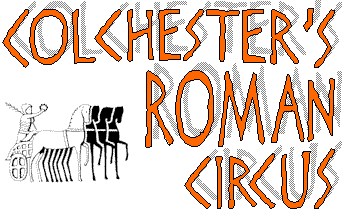
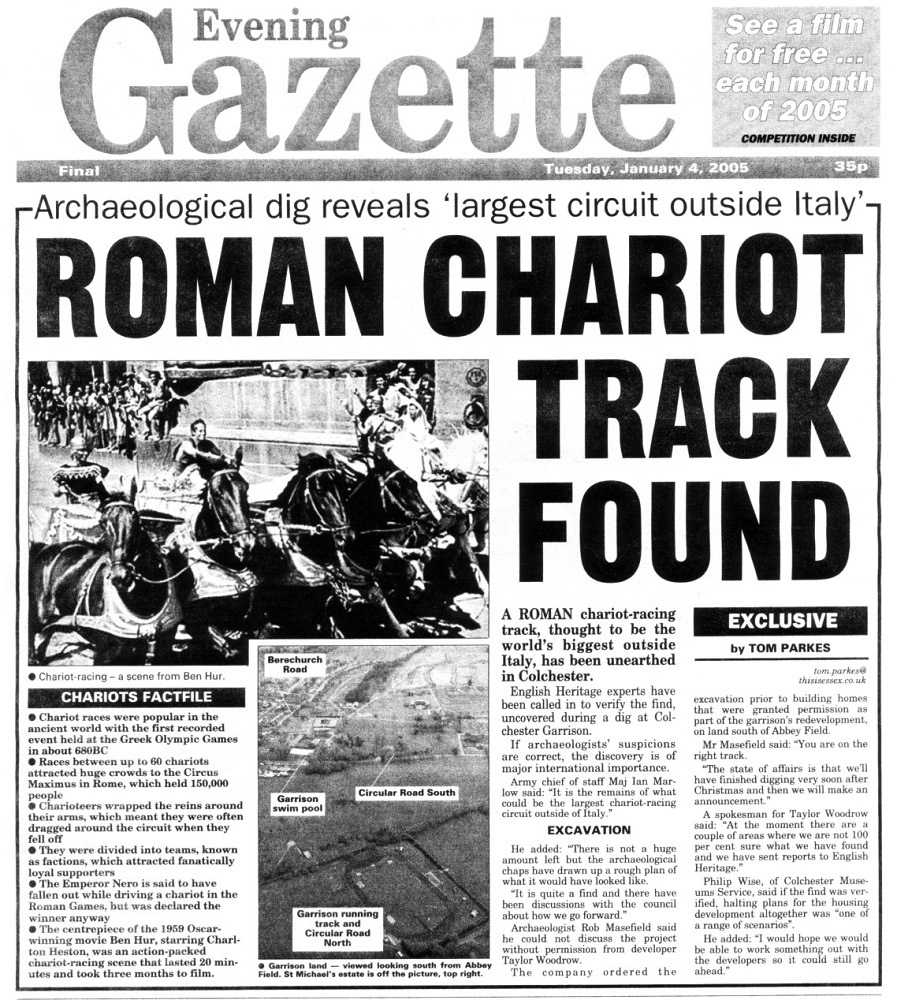
![]()
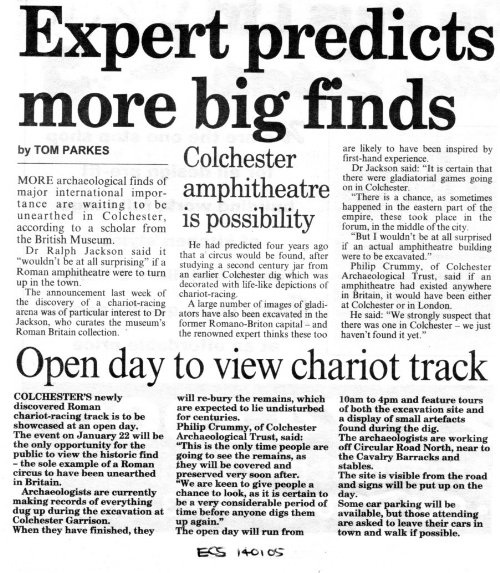
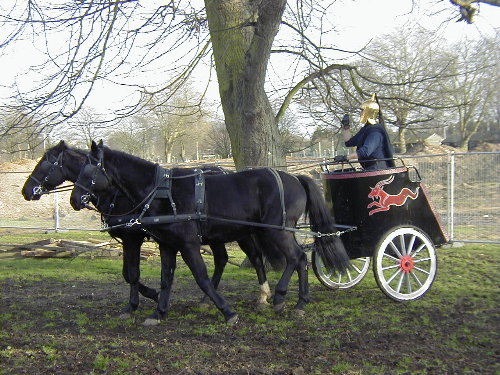
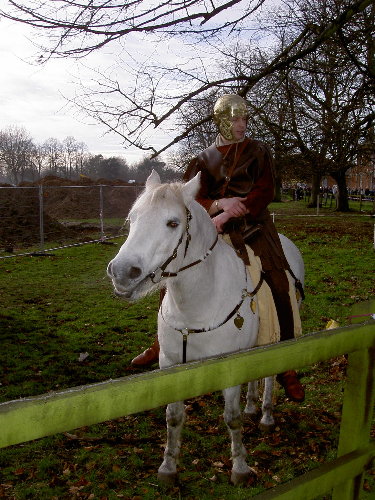
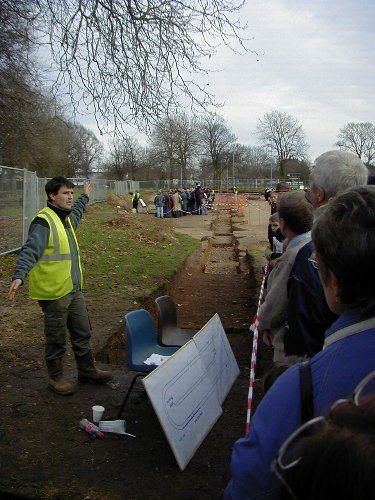
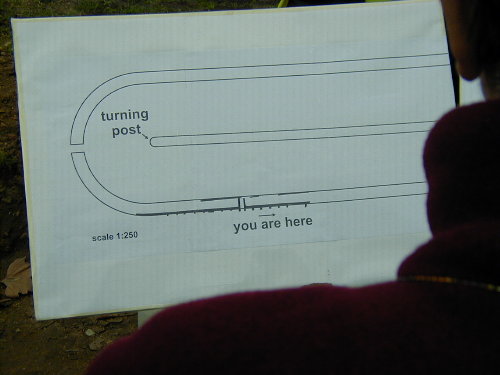
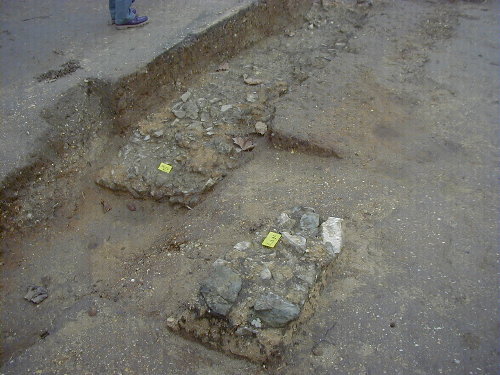
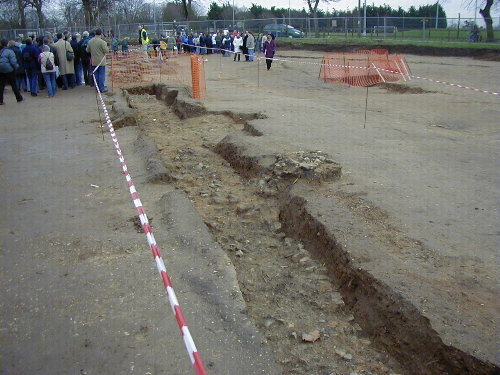
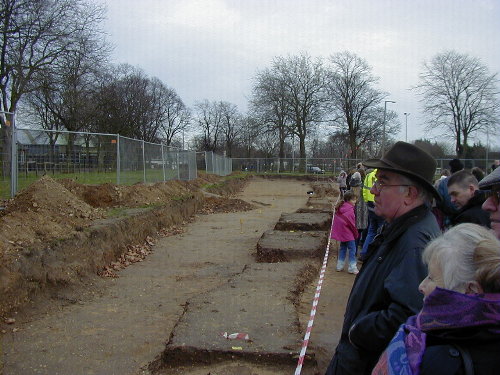
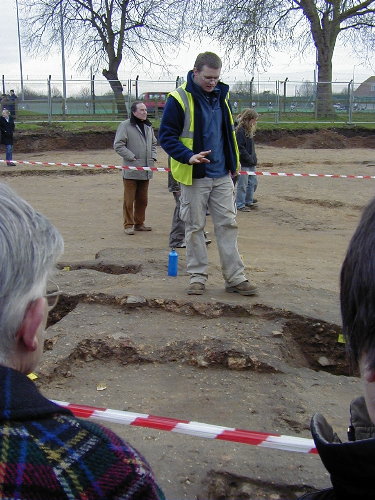
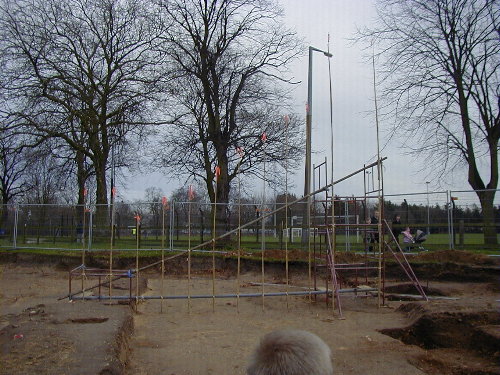
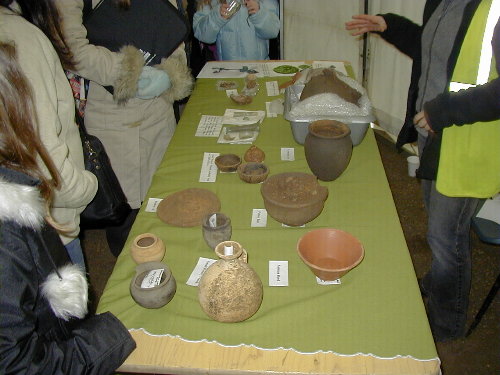
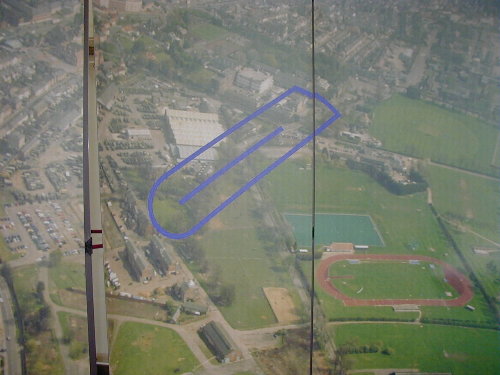
![]()
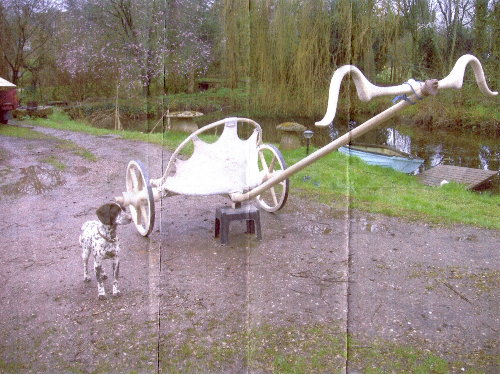
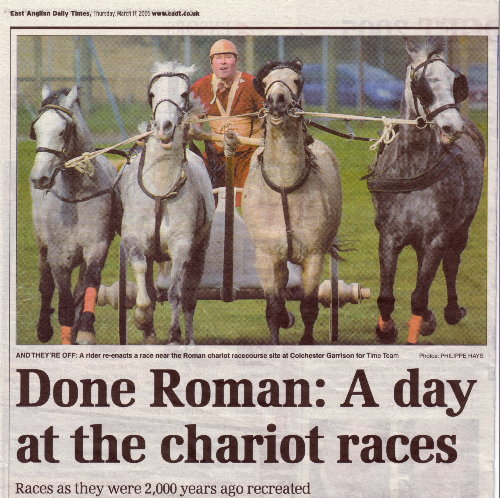
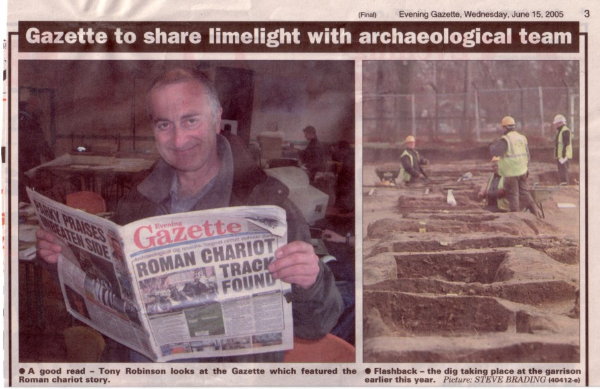
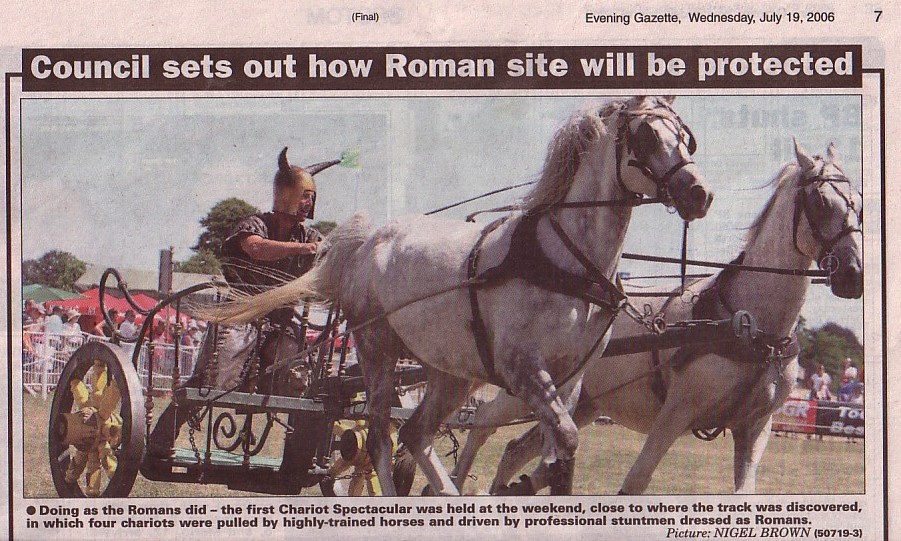
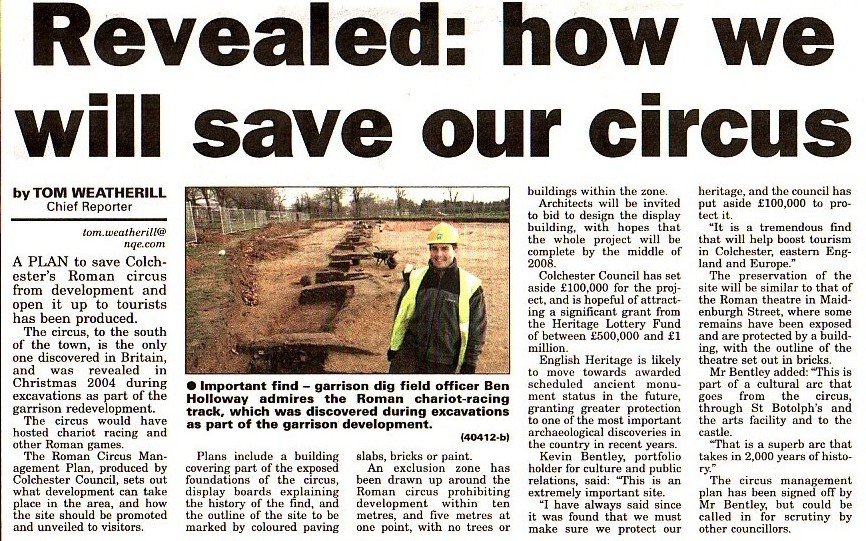
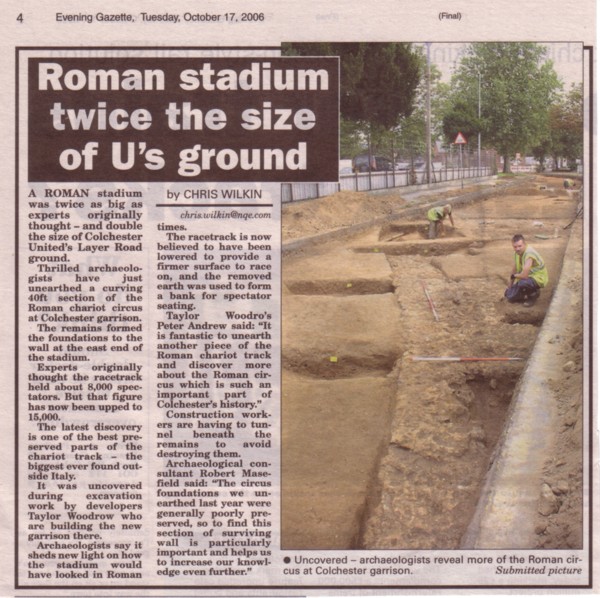
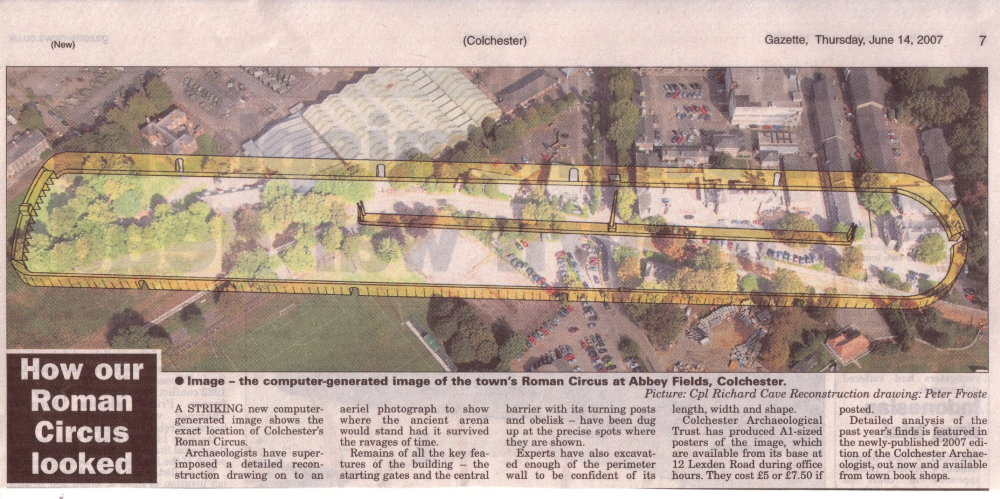
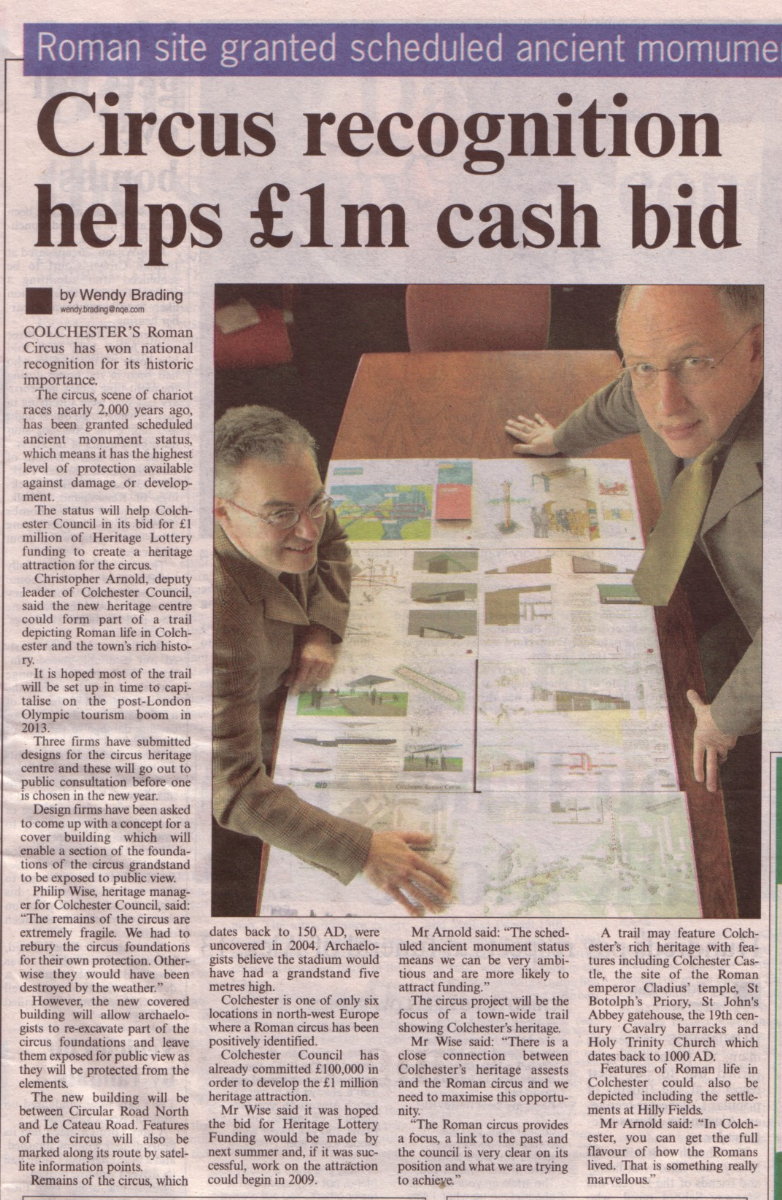
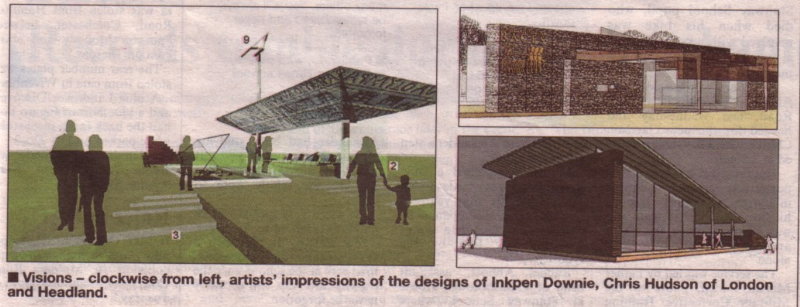
![]()
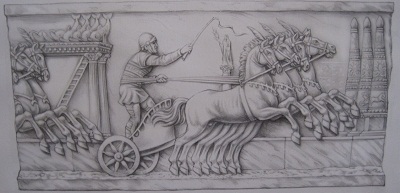
![]()
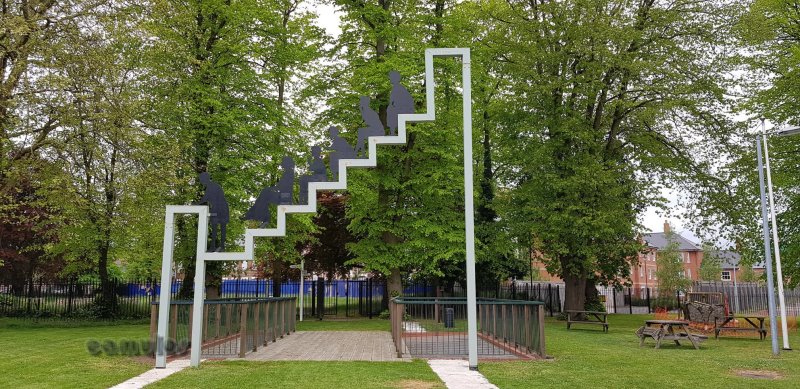
Please go to:
www.romancircus.co.uk
for up to date information about Colchester's Roman Circus.
Note: the link shown is not to a Camulos webpage.

page created 120105
updated 021121
Site Hosted
by
